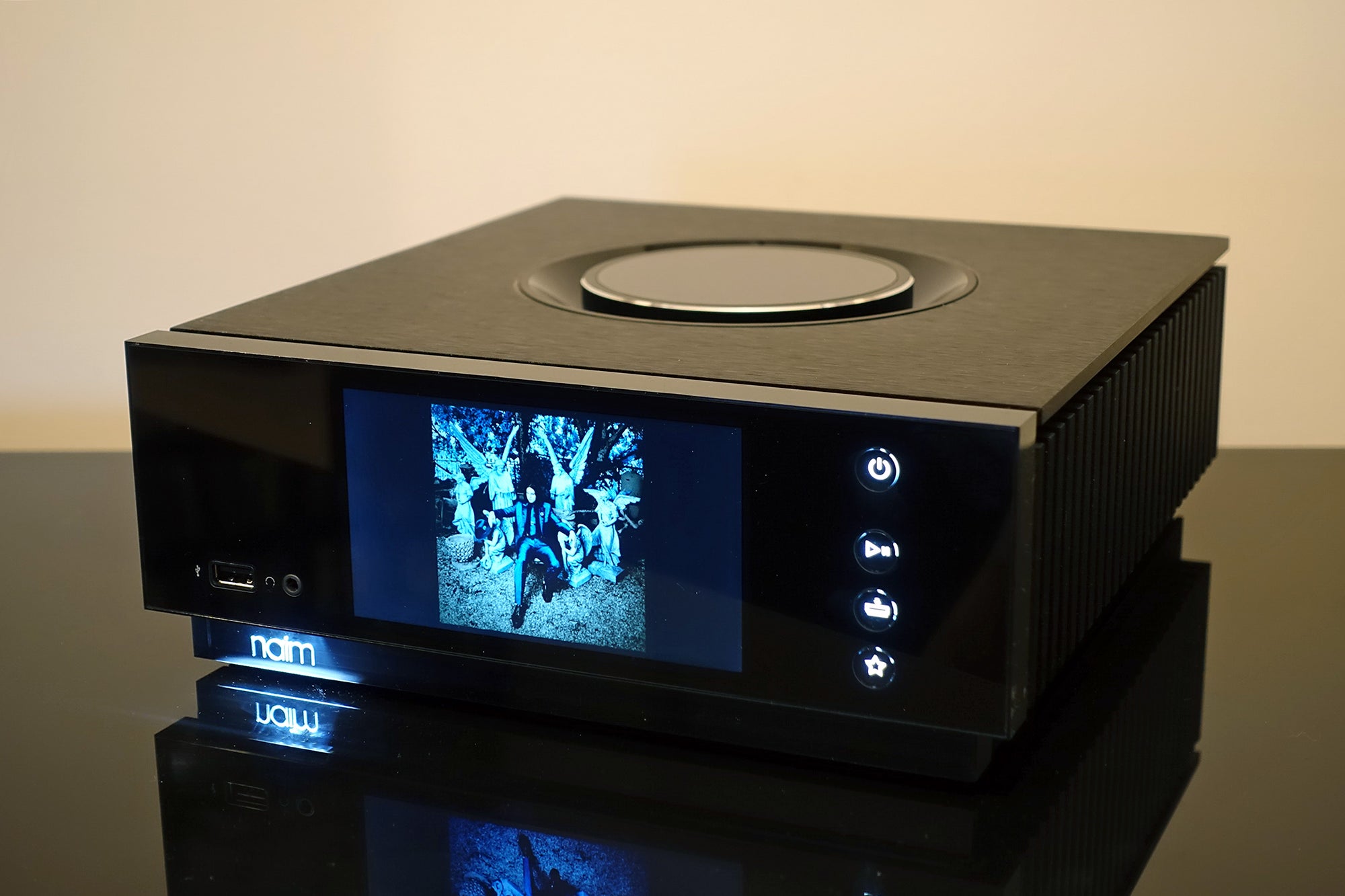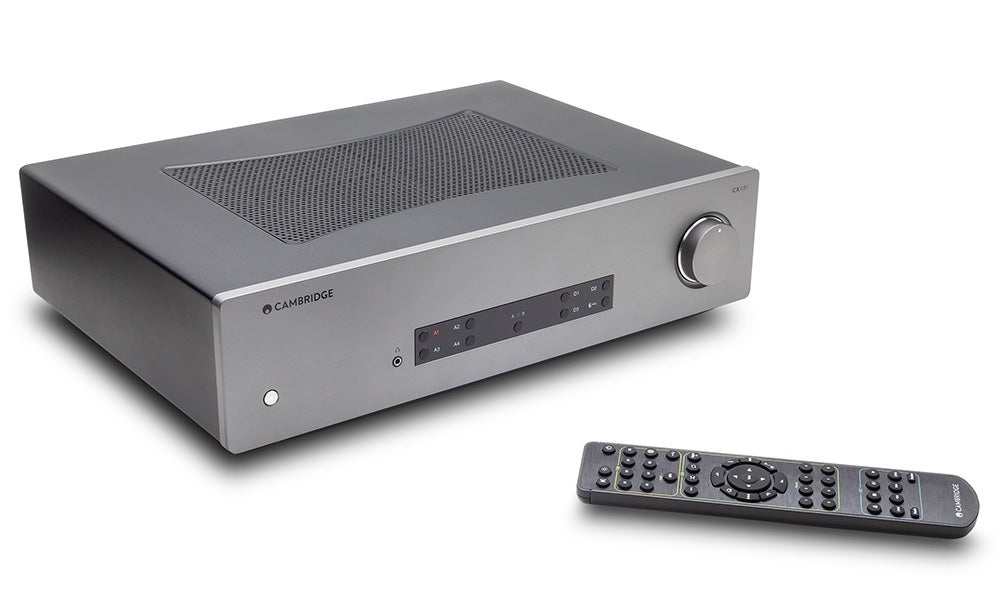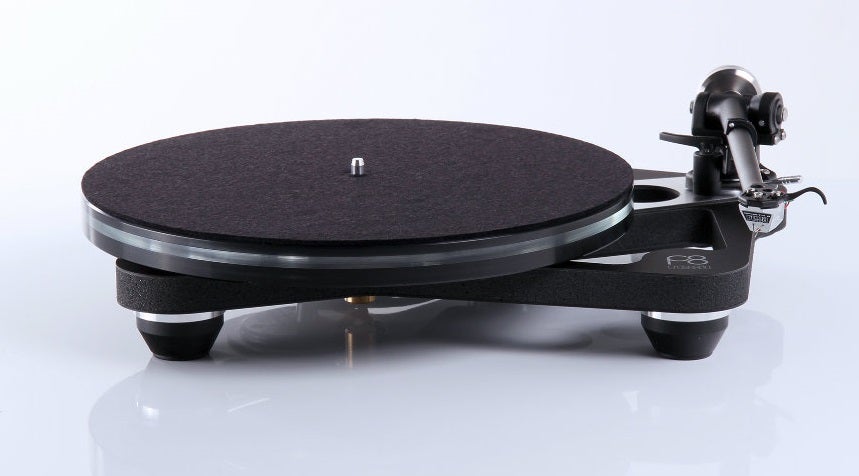Eclipse TD307 MK3 Review
Just the seven years since its last new model, Eclipse is back
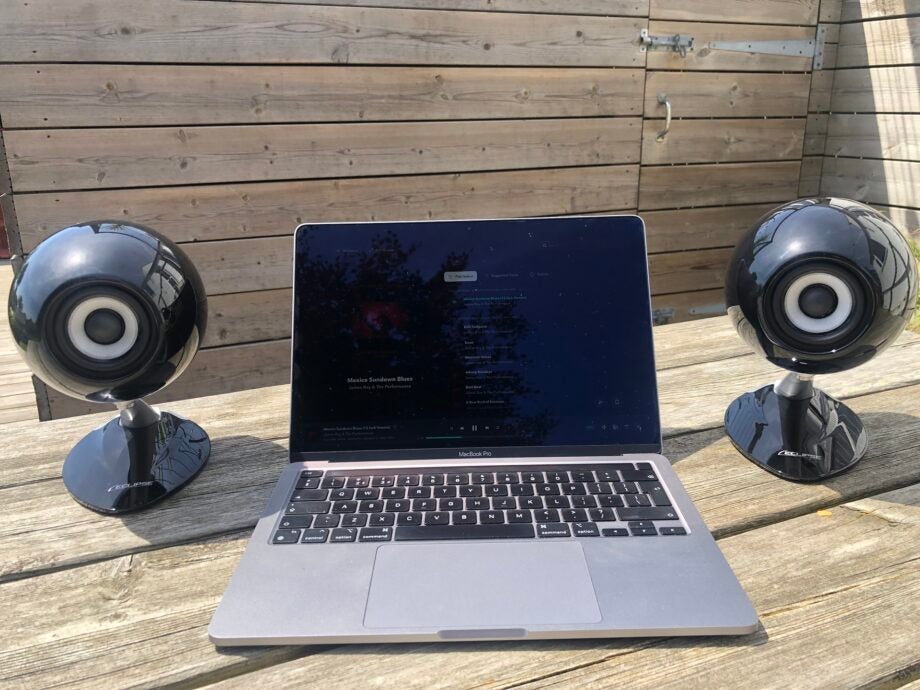

Verdict
Rather like the little girl in the nursery rhyme, when the Eclipse TD307 MK3 are good, they’re very very good. We all know how this finishes, though, right?
Pros
- Staggeringly direct and revealing sound
- Singular looks and engineering
- Expertly built and finished
Cons
- Will sound too lightweight for many listeners
- Uptight about positioning
- Relatively expensive
Key Features
- Egg-shaped FormRigid form controls the effects of diffraction and internal standing waves
- Diffusion StayDriver mounted onto a five-pillar stay to prevent vibrations from reaching enclosure
- Full Range DriverProduces quick and accurate strokes with its light and rigid diaphragm.
Introduction
It’s not the Eclipse way to rush into things. The TD307 MK3 is the Japanese company’s first new model in over seven years – which is the sort of gap the likes of Kate Bush tends to leave between albums.
But the company’s philosophy doesn’t seem to have changed in the slightest during this time, and neither has its singular industrial design. So what has Eclipse been up to for the thick end of a decade?
Availability
- UKRRP: £600
- USARRP: $780
- EuropeTBC
- CanadaTBC
- AustraliaRRP: AU$1050
The Eclipse TD307 MK3 is on sale and in the United Kingdom it costs £300 for a single speaker. Pricing for a single speaker is useful if you intend to build, say, a multichannel system – but I’m testing in stereo, primarily for desktop use, so let’s say you’re looking at £600.
In the United States that means $390/$780 and AU$525/AU$1050 in Australia. When you consider the likes of Ruark (with its MR1 MK2) can offer you an all-in-one desktop system for comfortably less than £400, the passive TD307 MK3 speakers don’t look like any kind of bargain. But, as we all know, price is not always an indication of performance…
Design
- 212 x 135 x 184mm (HWD)
- Black or white finishes
- Ideal desktop dimensions
Only Eclipse builds loudspeakers that look like this. In a world of boxes with parallel lines and some acoustic cloth over the front, the TD307 MK3 – just like all the other products in the Eclipse catalogue – looks refreshing/unusual/bonkers (delete as applicable). The egg-shaped cabinet, available in glossy black or glossy white, has an integrated stand on which its position can be adjusted, and features a single driver staring balefully out from the front.
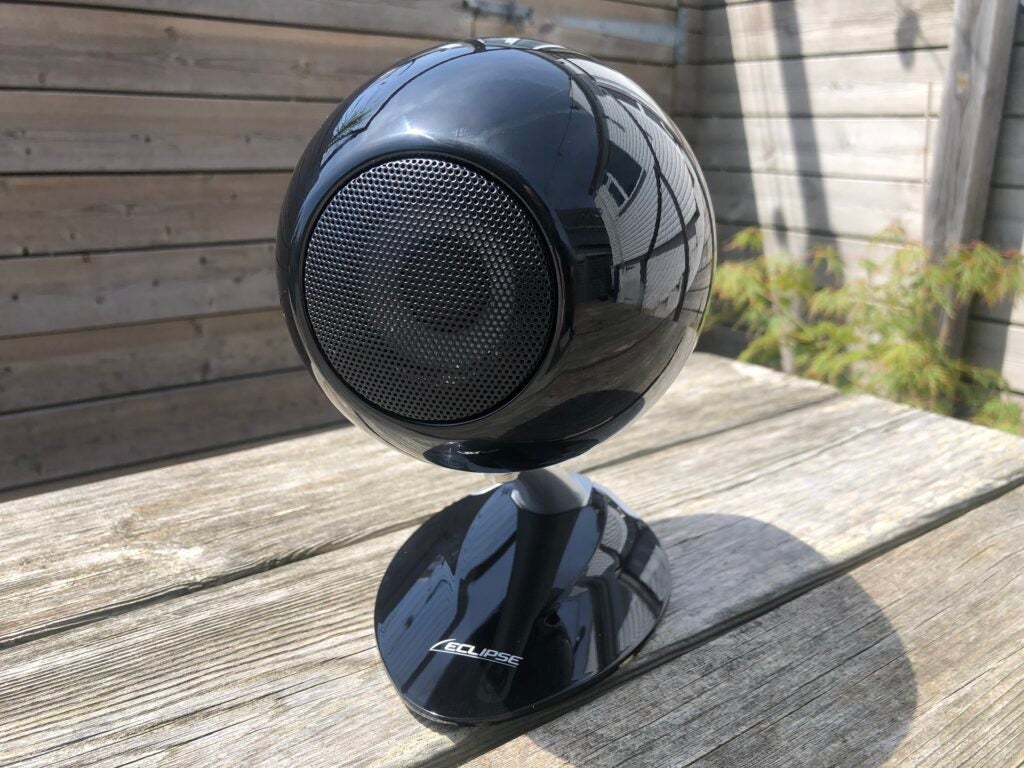
Around there back there are speaker binding posts – these are improved over the outgoing TD307 MK3 inasmuch as they can be used with either banana plugs or bare wire. And the base of the stand incorporates a little cable-management to help keep your desktop tidy(ish).
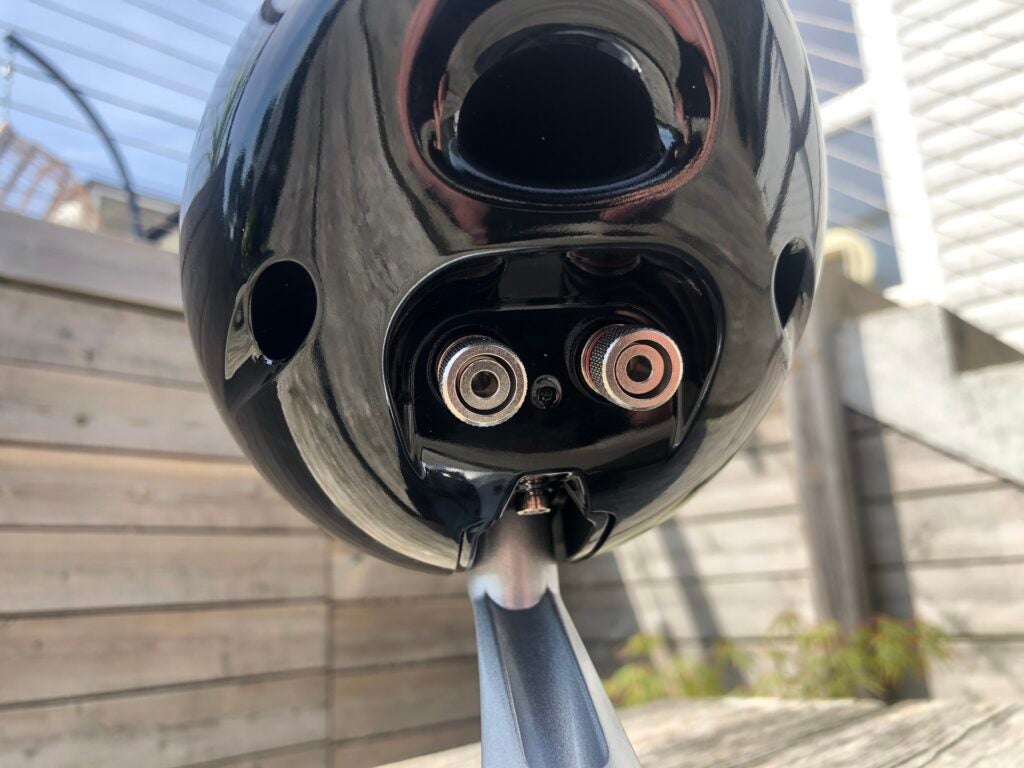
As the measurements make plain, this is just as compact a loudspeaker as it looks. As such, it’s ideal for use on a desktop (as long as you’ve room for the amplification the speakers need to drive them too, of course) – and, as the ‘sound quality’ section of this review will make plain, these speakers are more at home keeping you company while you work than in any other circumstances. And not only because their sensitivity rating and relative lack of power-handling ability means they’ll never be especially loud.
Features
- 65mm fibreglass full-range driver
- 80Hz low-frequency extension
- Over-specified motor system
Although they’re small, the TD307 MK3 are actually a little bigger than the speakers they replace. The internal volume of the cabinet is 200cc greater than previously, which means they now have a frequency response down to 80Hz rather than the 100Hz of their predecessors. Which in simple terms means the MK3 should produce a suggestion of bass, rather than completely ignoring bass like the old model did.
Eclipse likes to use a single driver to cover the whole frequency range – in this instance, it’s a 65mm fibreglass cone backed up by a relatively beefy magnet system. There’s a 20 percent increase in magnetic force over the MK2, which should – in theory, at least – allow for greater sound-pressure levels and reduced distortion. A single driver means no need for a crossover – so the opportunity for the crossover network to create distortion and squash dynamic response is removed. And a single driver also means there’s no requirement to try and balance frequency integration as there is with multi-driver designs.
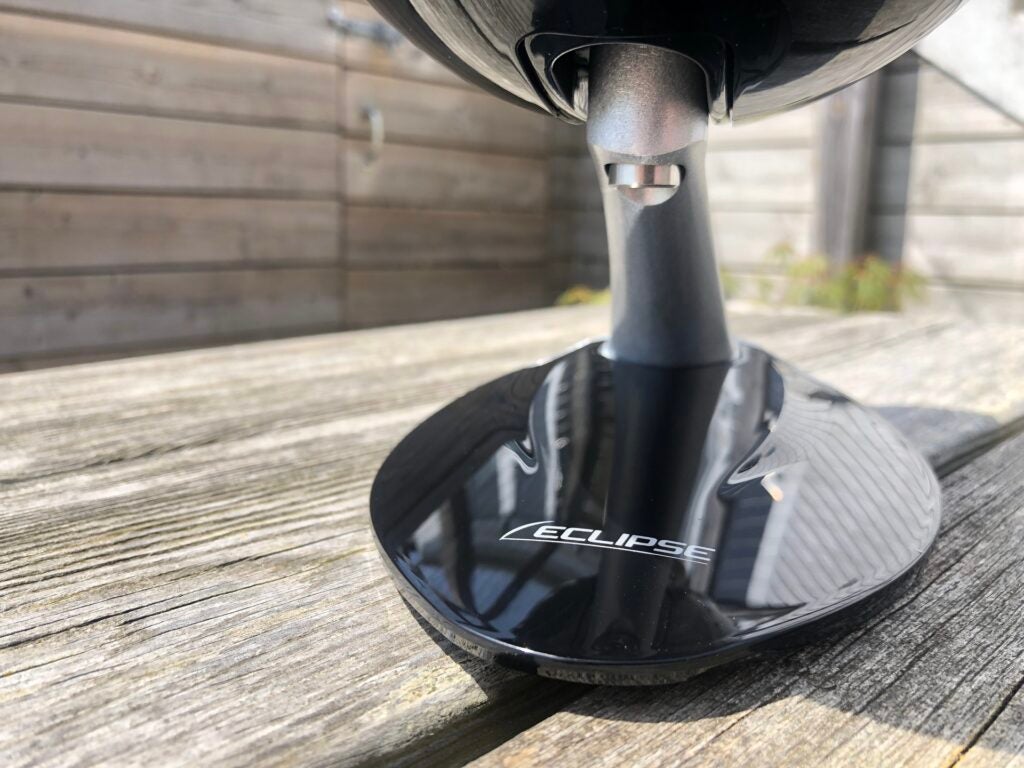
Unusually, the driver isn’t attached to the speaker cabinet at any point. Well, this is unusual for most loudspeakers – it’s standard practice for Eclipse. Instead it’s connected to an internal five-point stay with a high-mass anchor connecting it to the stand. This way Eclipse is able to steer vibrations out of the structure and keep the cabinet as quiet as possible.
Everything Eclipse has done with the TD307 MK3, just as with every other loudspeaker it’s made, is in an effort to reproduce the time domain as accurately as possible – that’s what ‘TD’ in the model number stands for. The overwhelming majority of rivals consider frequency balance to be more important. And that’s why the TD307 MK3 sounds the way it sounds…
Sound Quality
- Extraordinarily detailed, direct sound
- Remarkable degree of insight and clarity
- Sorely lacking in bass power
There are things you need to consider before you’re able to make any kind of judgement about the way the Eclipse TD307 MK3. One thing above pretty much everything else, in fact: positioning.
The TD307 MK3 are basically neurotic about positioning. They need to be fairly close to you when you’re in your ‘listening’ position – ‘near field’, as it’s called in recording studios. And they need to be pointing at you, really accurately facing you, if you’re going to hear them perform to their maximum potential. That’s why there’s a screw in each stand: to ensure that little speaker is staring right at you when the Eclipse are playing.
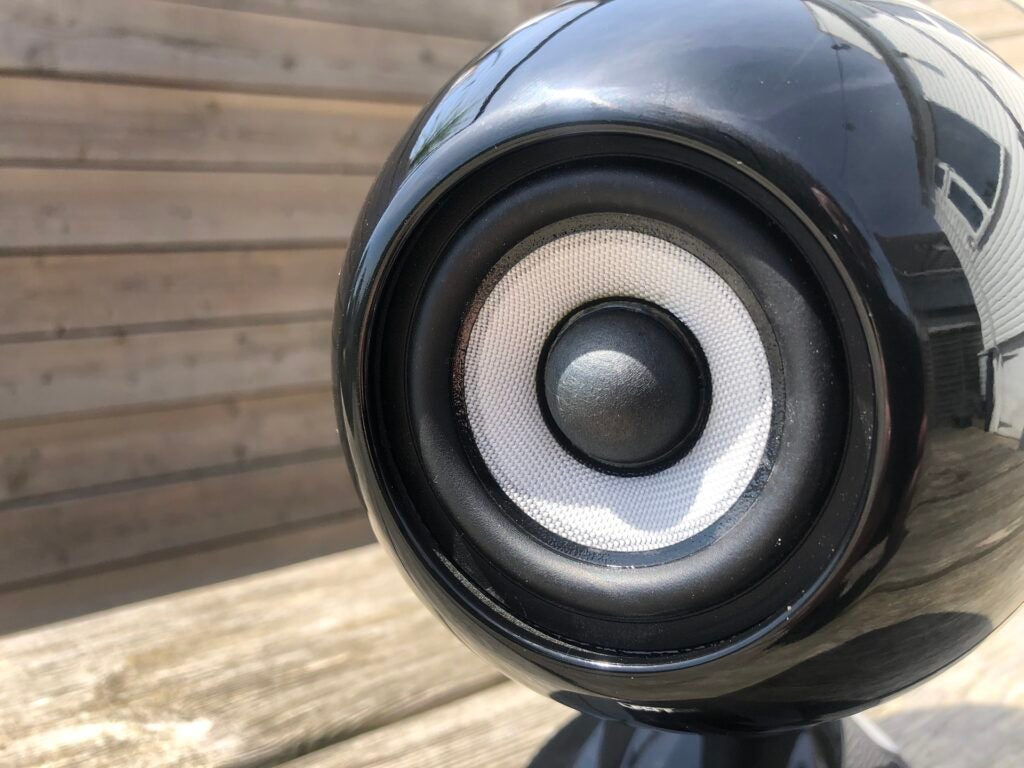
Get the positioning sorted and the TD307 MK3 are remarkable performers, in both senses. There are areas of sonic reproduction in which they’re absolutely untouchable by any alternative ‘desktop’ speaker, and there are areas in which they’re unarguably deficient.
Let them play Fantastic Man by William Onyeabor and it all becomes apparent. On the ‘plus’ side, the TD307 MK3 are just the most direct, most focused and most lavishly detailed pair of desktop speakers you can buy. Full stop, no argument. If there’s detail of any kind in a recording, the Eclipse will liberate it, integrate it perfectly into the overall recording and give it precisely the emphasis it demands. Doesn’t matter if it’s a guitar-player’s cuff button hitting the body of their instrument or a singer leaning way off-mic to lick their lips, it won’t escape the attention of these speakers.
They give a brilliant sense of ‘performance’ to a recording too, unifying even disparate recordings into a convincing whole, and the level of clarity they display is equally thrilling. Their sound absorbs the listener in a way that’s far from common in speakers at any price. They’re absolutely explicit.
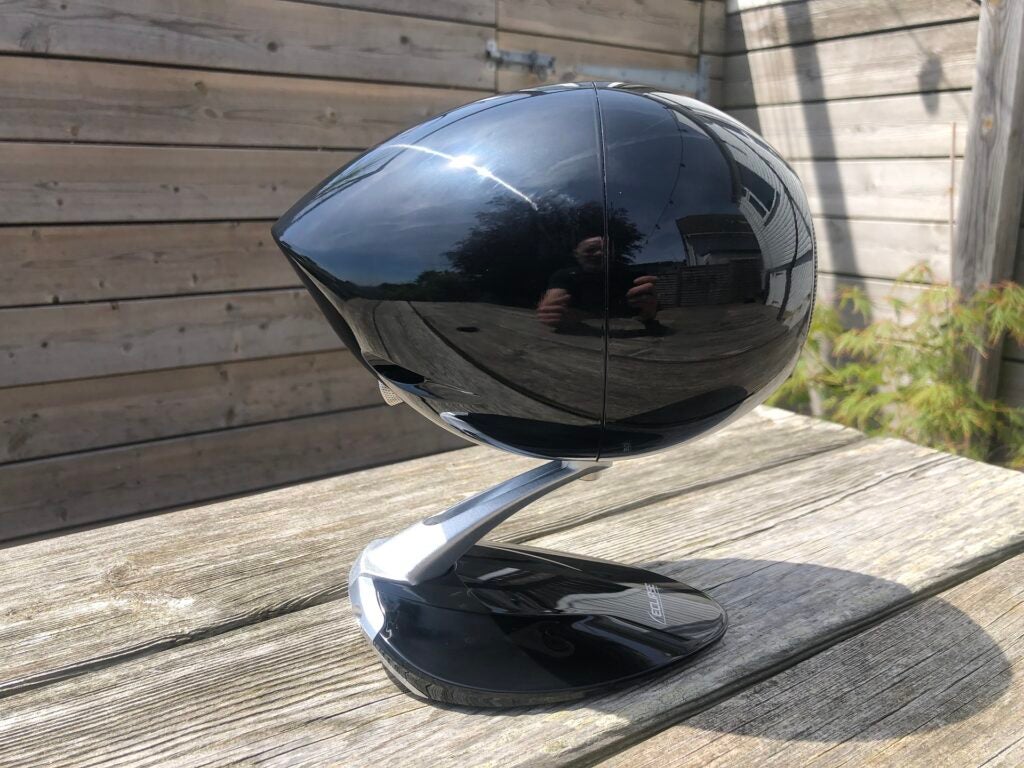
The downside, of course, is the profound lack of bass extension and power the TD307 MK3 generates. That tiny little driver was never going to be able to plumb the depths, of course, and those listeners who value ‘punch’ will find the Eclipse laughably weedy. The low-frequency stuff they generate is just as complete, just as detailed and just as responsive as the rest of the frequency range, but it’s powder-puff by prevailing standards.
And the importance of positioning will become apparent if you don’t get it right. Listen even mildly off-axis and the top of the frequency range loses a stack of bite and impetus, too, leaving you with a sound that’s fundamentally just midrange.
Latest deals
Should you buy it?
You value insight into a recording. No detail is too minor to elude the TD307 MK3
You move about a lot. The Eclipse sound best when pointing right at you
Final Thoughts
Even if you turn out not to be a fan of the Eclipse sound, you’ve got to admire the single- (or perhaps bloody-) mindedness of the company. The TD307 MK3 are like no other desktop speaker you can buy, and for that reason alone are deserving of respect.
How we test
We test every speaker system we review thoroughly over an extended period of time. We use industry standard tests to compare features properly. We’ll always tell you what we find. We never, ever, accept money to review a product.
Find out more about how we test in our ethics policy.
Tested for more than a week
Tested with a range of music
FAQs
The TD307MK3 is a wired speaker and doesn’t support wireless multi-room connectivity.
Full specs
Sustainability
Trusted Reviews’ holds the fact that global warming is not a myth as a core value and will continuously endeavour to help protect our planet from harm in its business practices.
As part of this mission, whenever we review a product we send the company a series of questions to help us gauge and make transparent the impact the device has on the environment.
We currently haven’t received answers to the questions on this product, but will update this page the moment we do. You can see a detailed breakdown of the questions we ask and why in our sustainability info page.


